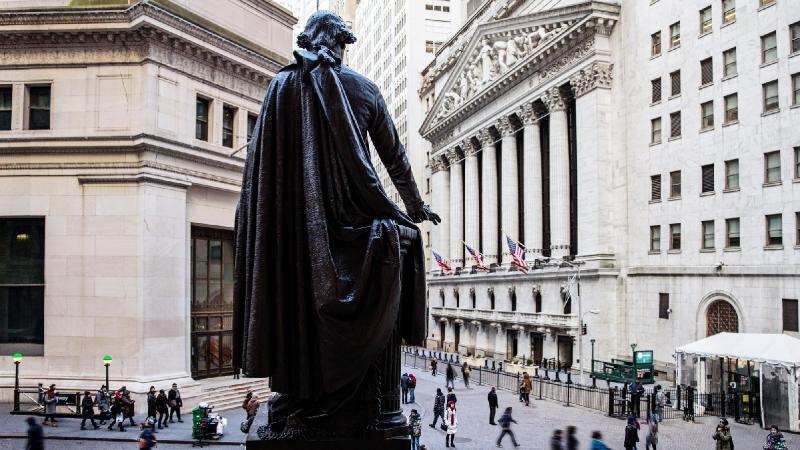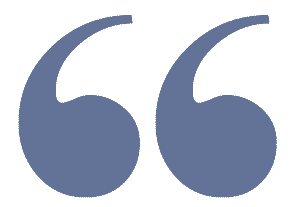U.S. Employers Added 559,000 Jobs in May - WSJ
By: Amara Omeokwe (WSJ)



U.S. employers added 559,000 jobs in May and the unemployment rate fell to 5.8%, in a pickup of the labor market's recovery from the pandemic amid signs that businesses struggled to fill job openings.
Last month's gain represented an improvement from April, when the unemployment rate was 6.1% and the economy added a revised 278,000 jobs, a gain much smaller than economists had forecast.
Economists had expected 671,000 jobs added and a 5.9% unemployment rate in May.
Job gains in May were led by leisure and hospitality, which added 292,000 jobs, education, and health care, the Labor Department said.
The faster pace of hiring came as several factors are propelling a burst of economic activity. More Americans have become vaccinated against the coronavirus, and state and local governments have eased restrictions on businesses as Covid-19 cases have declined and as the federal government has relaxed its pandemic guidance. Those factors, along with federal pandemic aid, have prompted a pickup in spending, particularly at services businesses, which in turn is stoking labor demand.
Employment in May was still down by about 7.6 million jobs compared with pre-pandemic levels, and 9.3 million people were unemployed and potentially available to work.
The unemployment rate fell because more Americans who were searching for work found jobs, but the number of people in the labor force held nearly steady, suggesting that ample open jobs and some improvement in wages didn’t draw more workers off the sidelines in May.
The labor force participation rate, the share of adults working or looking for work, edged slightly lower in May to 61.6%, down from 63.3% in February 2020.
Average hourly pay for private-sector employees increased by 15 cents to $30.33 in May. Hourly wage rose 2% from a year earlier.
Economists predict that the labor market won’t fully recover until next year despite signs of robust demand for workers. The Federal Reserve, other policy makers and financial markets are closely watching the pace of hiring as a key indicator of strength in the overall recovery.
Strong growth in U.S. job openings is a sign that employers are seeking to boost hiring, although they face challenges in filling positions .
Nearly half of small-business owners reported having unfilled job openings in May, according to a survey from the National Federation of Independent Business. Meanwhile, the number of employee shifts worked between mid-April and mid-May increased by 0.1%, according to an analysis from the workplace-software firm Ultimate Kronos Group. That compares with a 0.3% drop between mid-March and mid-April.
“We think it will take several months for frictions in the labor market to work themselves out,” said Michael Gapen, chief U.S. economist at Barclays. “That just means we shouldn’t be expecting one to two million jobs every month. Instead, it will be a more gradual process.”
Carol Galle, chief executive of Special D Events in Detroit, said she recently started efforts to recruit two or three new workers for her events-planning business. Activity dried up at the company last year as conferences, trade shows and other events were canceled because of the pandemic. Ms. Galle said inquiries for her company’s services have picked up again with the economy’s reopening.
Ms. Galle said she has found it challenging to hire currently because many events professionals moved on to other forms of work during last year’s economic downturn. Other potential workers, she said, are requesting higher pay compared with before the pandemic because the work has become more challenging. For instance, planners must coordinate virtual events that are technically complex or events that have both virtual and in-person components.
“People in my industry understand that the job has changed and they need to have additional skills and they want to be compensated,” Ms. Galle said. “They’re worth it. It’s just a matter of being able to still run my business profitably and pay people what they’re worth.”
Economists have pointed to a variety of other factors that could be contributing to constrained job growth. Those issues include some workers’ concerns about contracting the coronavirus, child-care responsibilities preventing some parents from returning to work, and a federal supplement for recipients of unemployment benefits.
Nick Bunker, economic research director for North America at the jobs site Indeed, said those constraints are likely to ease in coming months as additional Americans become vaccinated, schools more fully open and the federal supplement ends broadly in September. Taking those factors together, the labor market could reach an inflection point in early fall because more workers will likely be available, Mr. Bunker said.
“It’s a bit like a rocket where takeoff has been slightly delayed, but takeoff will still happen,” he said.
A number of U.S. states, all with Republican governors, have said they would end the federal supplement to unemployment benefits earlier than the scheduled expiration. Some of those states are also offering incentives for people to return to the workforce.
Preliminary findings from the Federal Reserve Bank of San Francisco suggest the extra benefits had a small but noticeable effect on job decisions.
Meanwhile, nearly 63% of U.S. adults have received at least one Covid-19 vaccination, according to the Centers for Disease Control and Prevention, contributing to the resumption of such activities as travel and dining out.
The labor-force participation rate, or share of people working or seeking work, edged higher to 61.7% in April from 61.5% in March, but remained lower than the 63.3% rate in February 2020. The participation rate for prime-age workers, those 25 to 54, remains depressed compared with pre-pandemic levels. Roughly two million fewer of those workers were in the labor force in April compared with February 2020.
The trend in the labor-force participation rate indicates that there is still a lot of slack in the labor market, said Aneta Markowska, chief financial economist at Jefferies. “It’s just going to take time for supply and demand to meet in the middle, but there is demand for labor,” she said.
Becky Frankiewicz, president of the staffing company ManpowerGroup, said employers are using creative strategies to compete for new workers and retain existing ones. She said some of Manpower’s clients are offering $1,000 signing bonuses to workers who agree to start jobs the following day, while others are promising raises to employees who maintain perfect attendance for a certain amount of time.
“There are so many options as demand picks up,” Ms. Frankiewicz said. “Employees are acting like consumers in how they’re consuming work.”
Despite the overall pickup in the economy, there are emerging signs of an uneven recovery for groups including African-Americans and women, said Michelle Holder, associate professor of economics at John Jay College. The Black unemployment rate, for example, was the highest among racial groups in April, at 9.7%.
“We’re looking at a labor market that appears to be healing, but the healing is very slow,” Dr. Holder said. “If the recovery is slow overall, it’s at a crawl pace for Black people in America.”




About half of what economists expected.
People staying home with unemployment benefits. Others may have left the workforce for good. Biden may still be looking for the WH rest room.
Only President in history that can eat ice cream as fast as he wants to and not have to worry about brain freeze....................
Lmao!
Others have taken online courses and are looking for new life tracks. Don't be such a Debbie Downer.
So far, Biden hasn't done anything to screw up the recovery...yet.
This is what we voted for. Prosperity and normalcy...
But we got Biden and another Jobs Report miss.
Just like the crisis on the border, all of it self created.